Dubai is an excellent destination to explore using just public transport – but most people don’t realise how easy it can be! Whilst many might be familiar with its Metro system, Dubai’s transport modes includes buses, trams, marine transport, as well as bike sharing services. It is also a very walkable city (outside of the summer months!)
Dubai is a very car-oriented city, and even visitors typically end up taking a lot of taxis. But if you’re mindful about sustainable travel or travelling solo, it is greener and far more economical to use public transport in Dubai, And dare I say, it actually really helps you to get to grips with the city and see all kinds of awesome scenery and attractions from viewpoints you otherwise wouldn’t.
Public transport in Dubai is particularly efficient and well-connected. In fact, Dubai has one of the most comprehensive public transport networks I’ve encountered!
I personally love the independence of getting around Dubai using public transport, and as a solo female traveller in Dubai, I found all modes of transport so be efficient, convenient and affordable.
So here’s my guide to getting around Dubai by public transport. I’ve included all of the essential information you need to know before using public transport in Dubai and how to plan your routes.
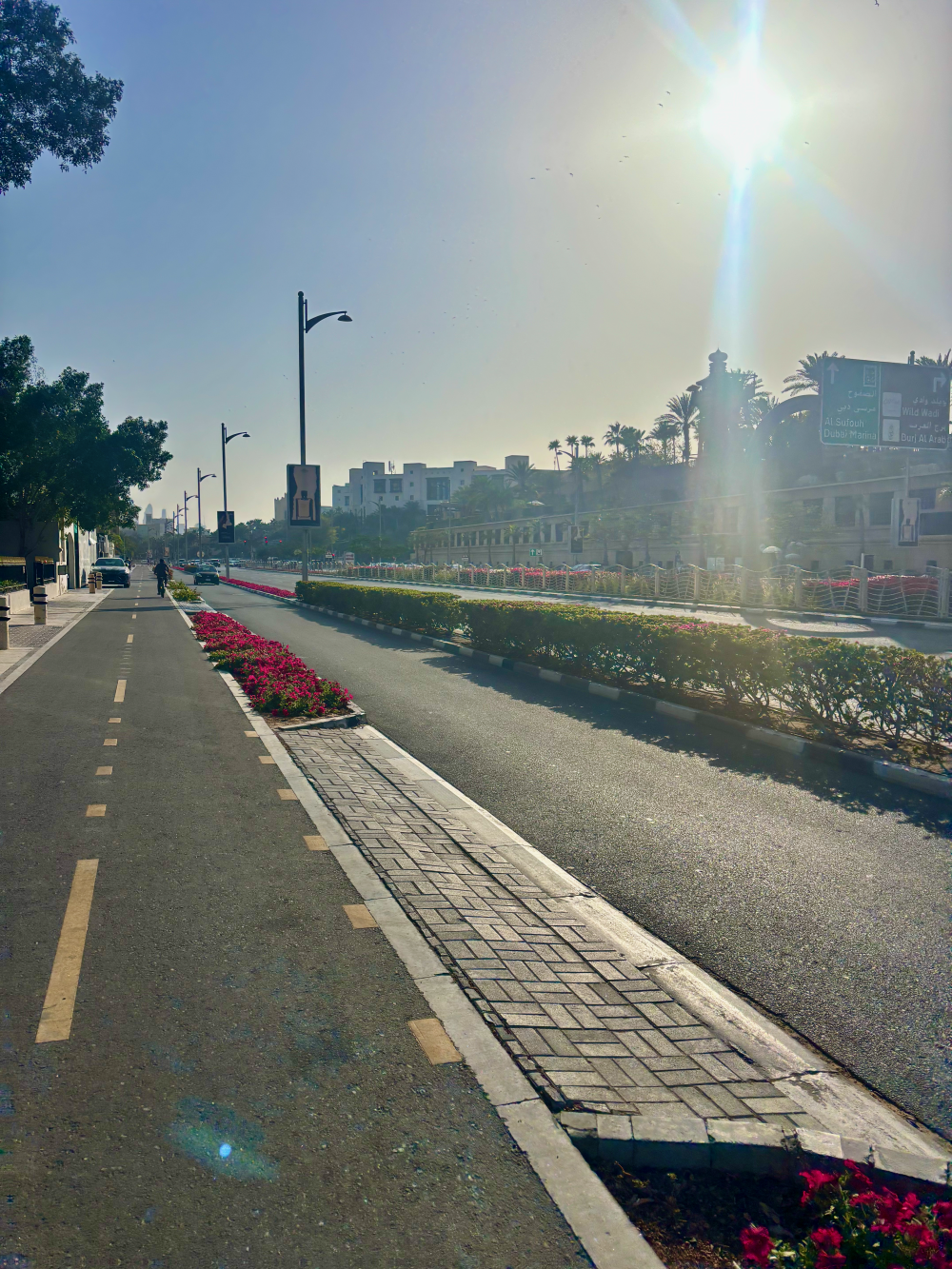

Getting Around Dubai on Public Transport – Essential Things to Know
- Each and every sign, information board and website page etc are all written in English. Some are also in Arabic, but everything is in English. This serves the diverse nationalities that call Dubai home.
- Everything is well connected, but sometimes there are long and extensive walkways between stations or attractions. Meaning that as convenient as public transport is, you will still clock up a lot of walking distance!
- Dubai is very good at catering for those with different needs. Every station has working lifts, whether it’s to the platform or to the road.
- The stations are all scrupulously clean, with well maintained toilets.
- It is not permitted to eat, drink or chew gum on public transport, and you will be fined if you do so.
- Dubai Metro has specific carriages for women & children, as well as Gold carriages.
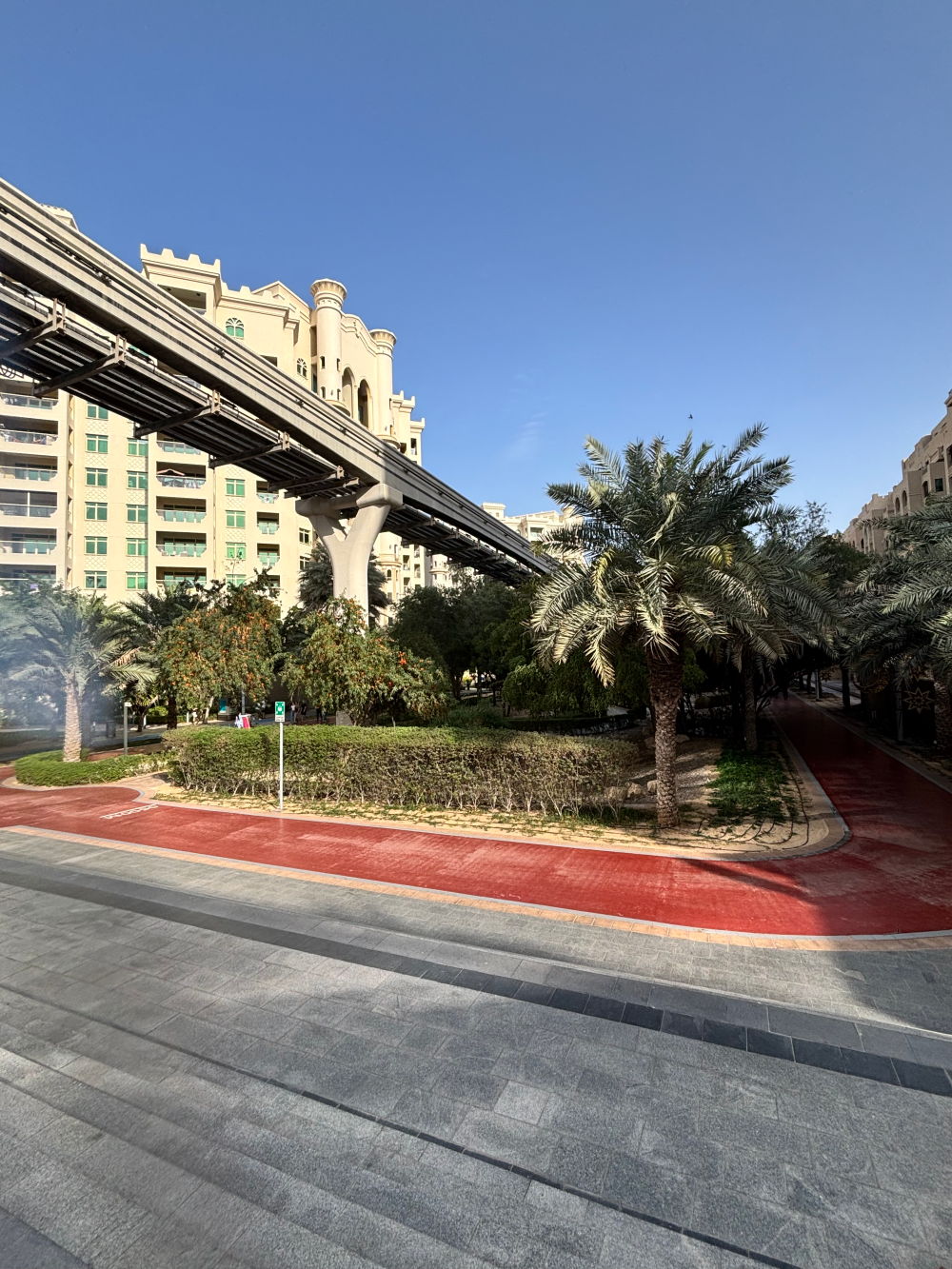
How to pay for journeys on public transport in Dubai
All public transport users in Dubai need a NOL card. This is similar to London’s Oyster card and enables users to pay for nearly all modes of transport with a single touch in/touch out. You cannot use it on the Palm Monorail or certain Abras (local, traditional boats) in the old part of Dubai.
You can buy a NOL card at any Metro station, and top it up easily at machines located at bus, tram and metro stops.
The type of NOL card that suits the majority of users in the silver NOL card. You can buy it for 25 AED, of which 19 AED is usable balance. It lasts 5 years too, so you can use the card on future visits to Dubai.
The other types of NOL card is the gold NOL, for which users can use the Gold cabin on the Metro and Tram. The fares are double the cost to travel in this cabin. The Gold Class cabins are more spacious with plush leather seats.
Lastly, there is a Navy NOL card which is for those who receive special fares, such as students, seniors and those with disabilities (in Dubai, they call this ‘people of determination’).
For taxis and bike sharing, the main app in Dubai (and the UAE) is Careem. I highly recommend downloading the app and getting yourself set up before you arrive. You can also order food in on the app, like Uber Eats in the UK. Careem is extremely efficient in Dubai.
There is also Uber in Dubai.
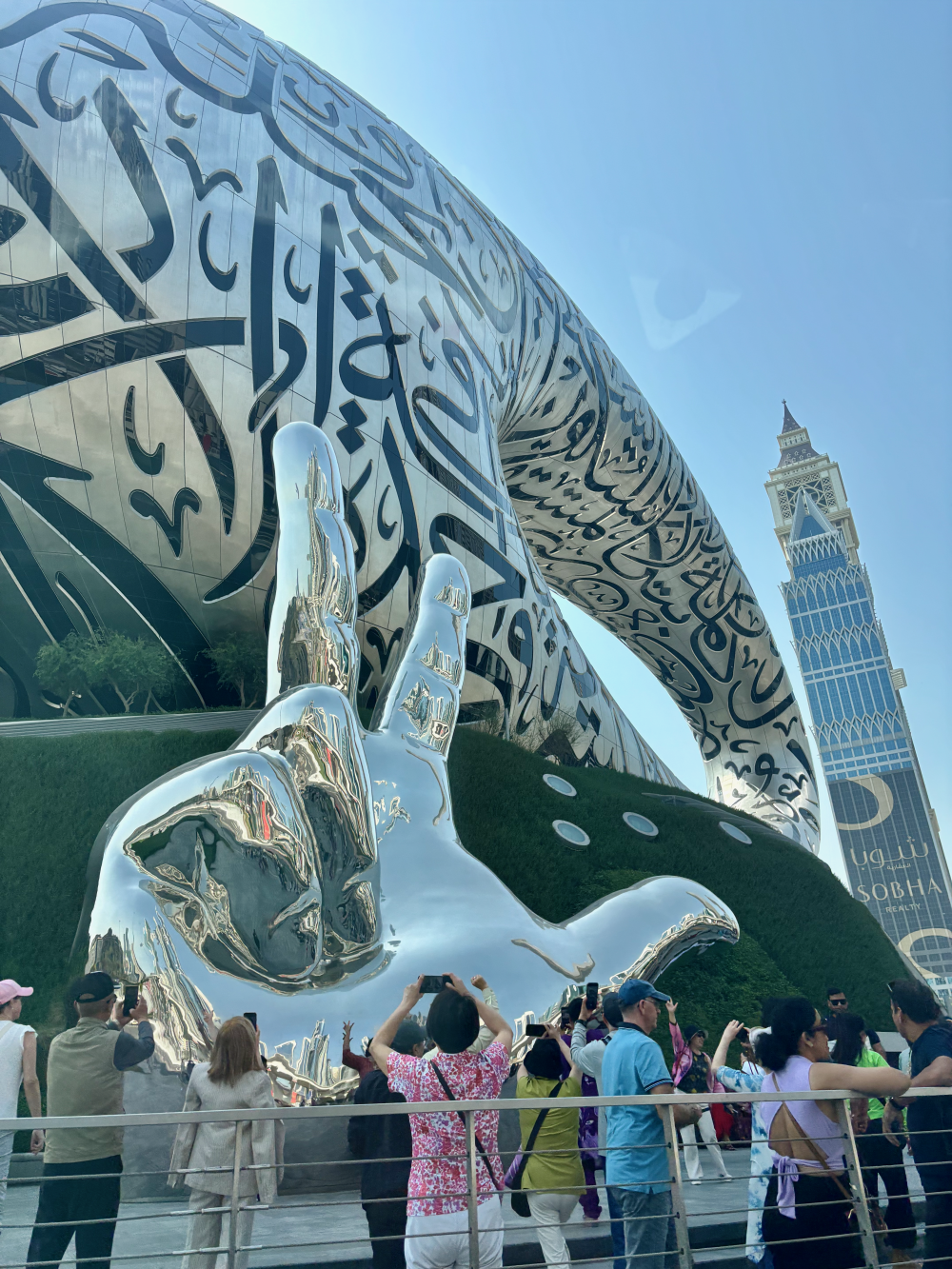
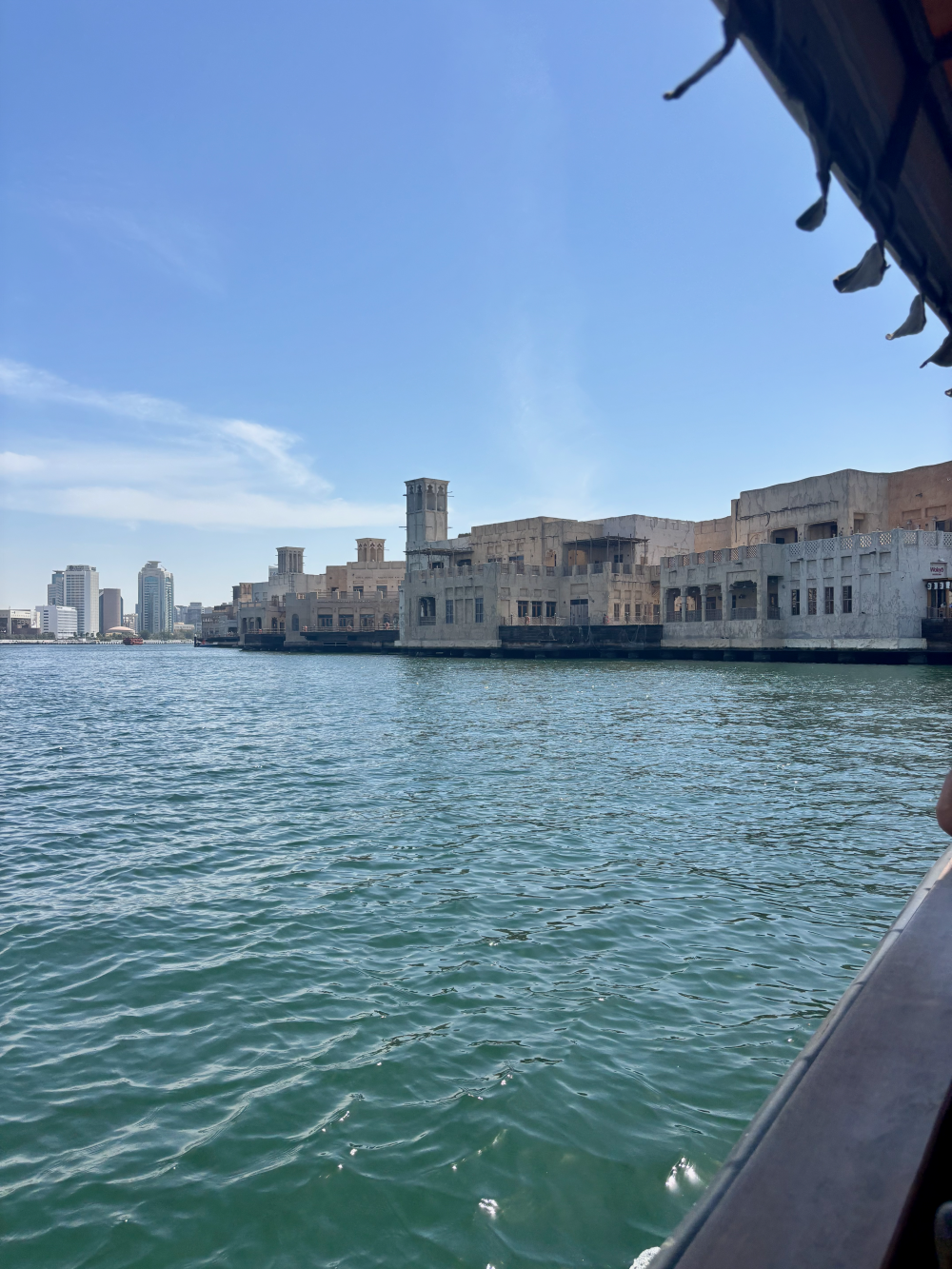
Dubai Metro
The Dubai Metro opened in 2009, and has since received several expansions at either end. There are only two lines in Dubai (Red and Green lines) but they span over 75km, and fortunately, the map/routes are extremely easy to follow.
The Red Line largely follows the route of Sheikh Zayed Road, which is the main artery through Dubai. It features stops such as Burj Khalifa, Dubai Mall, Mall of the Emirates and Business Bay. It also passes though both Terminal 1 and Terminal 3 at the airport, making it an affordable and efficient way to get to your hotel from the airport.
The Green line connects Deira and various ports in the Old Dubai area, including Al Fahidi Historical Neighbourhood, the Gold Souk and the Spice Souk. It has two interchanges with the Red Line.
The Dubai Metro is truly world-class. The driver less trains run on time, and are super clean and orderly. As mentioned above, there are separate cabins for women & children, and the Metro feels extremely safe. It’s even completely air conditioned. If you travel at rush hour, it can be quite busy and hard to get a seat, but for the most part, it’s as pleasant as train travel can be!
Dubai Metro is also very well connected by footbridges, so if you’re on the wrong side of Sheikh Zayed Road, you can enter the station and cross over the road really easily.
Dubai Metro is not 24 hours, and runs approximately to these timings (these differ on public holidays and during Ramadan)
- Monday to Thursday: 5am to 12am
- Friday: 5am to 1am (next day)
- Saturday: 5am to 12am
- Sunday: 8am to 12am
Dubai Tram
If you’re staying anywhere near JBR and Dubai Marina, you will definitely become familiar with the Dubai Tram. It conveniently connects with Dubai Metro (at Sobha Realty Station) and you can walk from the Metro station to the tram station in minutes. The tram station also connects to the Palm Jumeirah monorail at the Palm Gateway station.
The Tram, like the Metro, is efficient, clean and air conditioned.
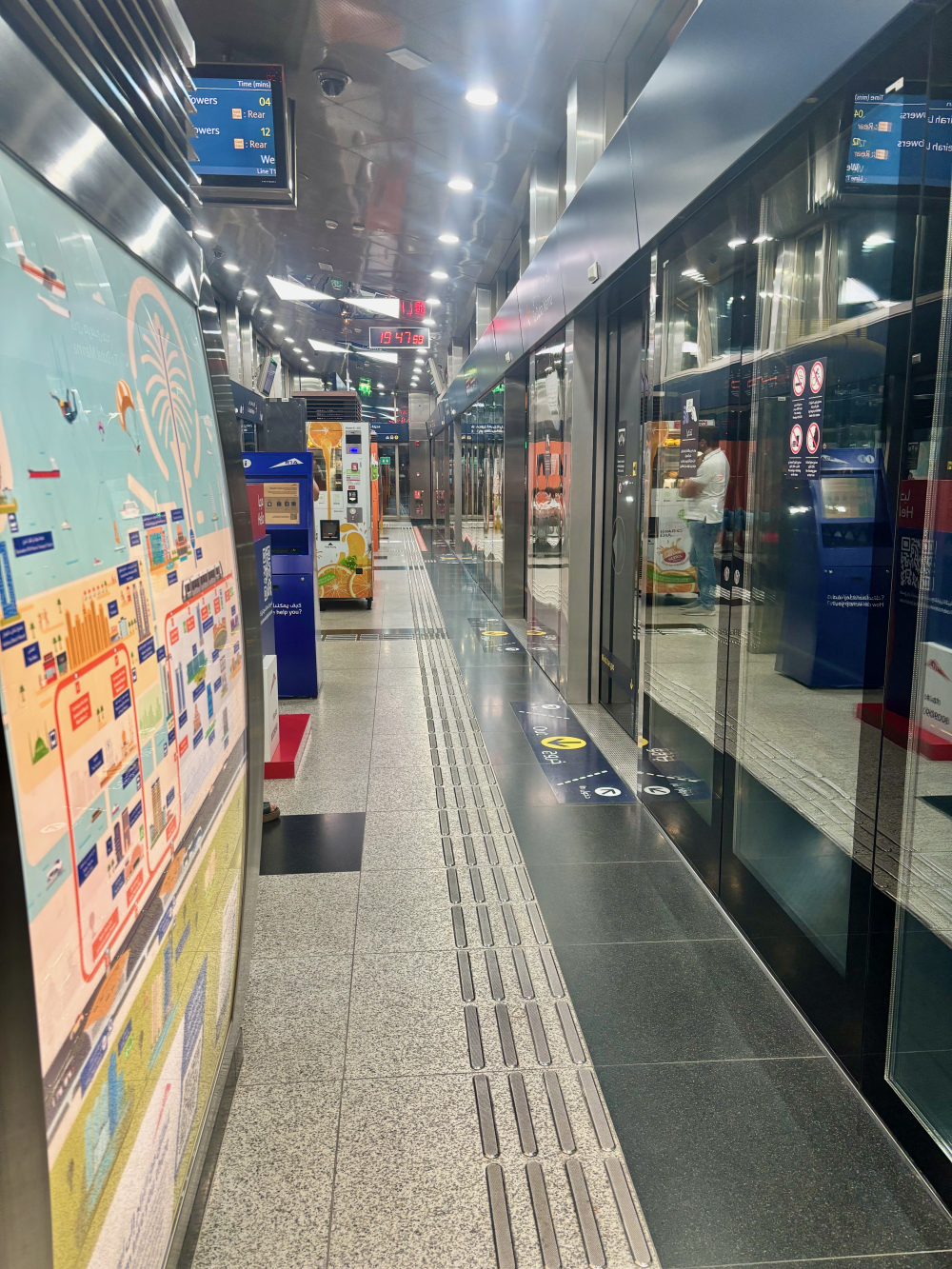
Dubai Bus
The bus network across Dubai is extensive, covering all neighbourhoods and areas, and even to further out locations such as Global Village. The buses are air conditioned and spacious, and run frequently throughout the day. Like with the tram, many bus stops intersect with the Dubai Metro.
In late 2024, the Dubai RTA launched a new local bus route, serving as a hop-on-hop-off route for tourists at a very affordable price.
Palm Monorail
The Palm Monorail connects stations along the trunk of the Palm Jumeirah. It starts at Palm Gateaway station, before stopping at Al Ittihad Park, Nakheel Mall and then finally, Atlantis for the hotel and Aquaventure waterpark. The monorail runs on a fixed schedule each day between 9am and 10pm, with trains departure every 15 minutes.
Unfortunately, the Palm Monorail does not accept NOL cards, and you will need to buy seperate tickets for using the Monorail. Single trip journeys vary from 5 AED to 20 AED (depending on which station you travel from or to), or you can buy an all day pass for 35 AED. This allows for unlimited rides and is much better value if you plan to hop on and off at each station, which is what I did. You can see more on the ticket prices here.
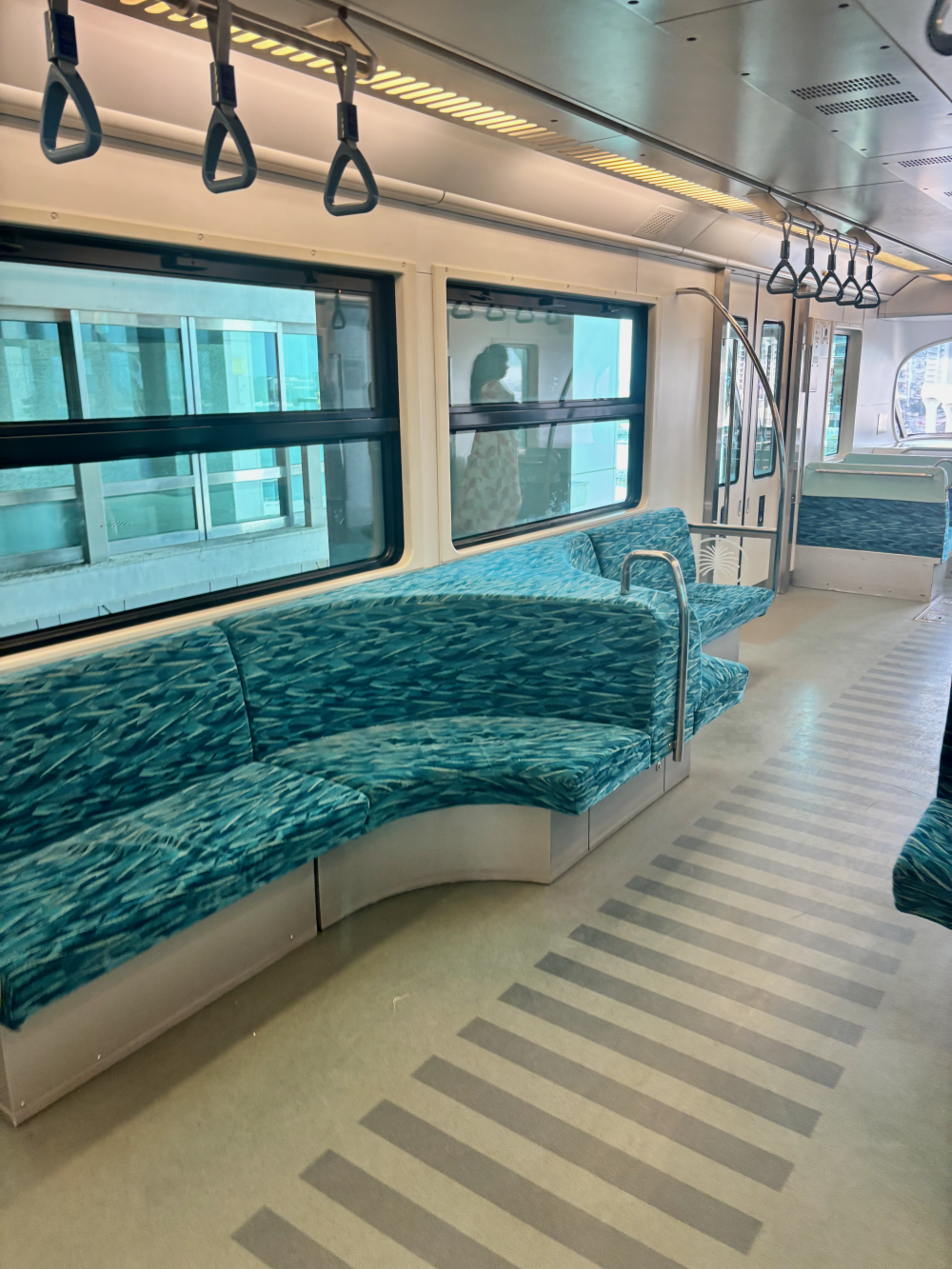
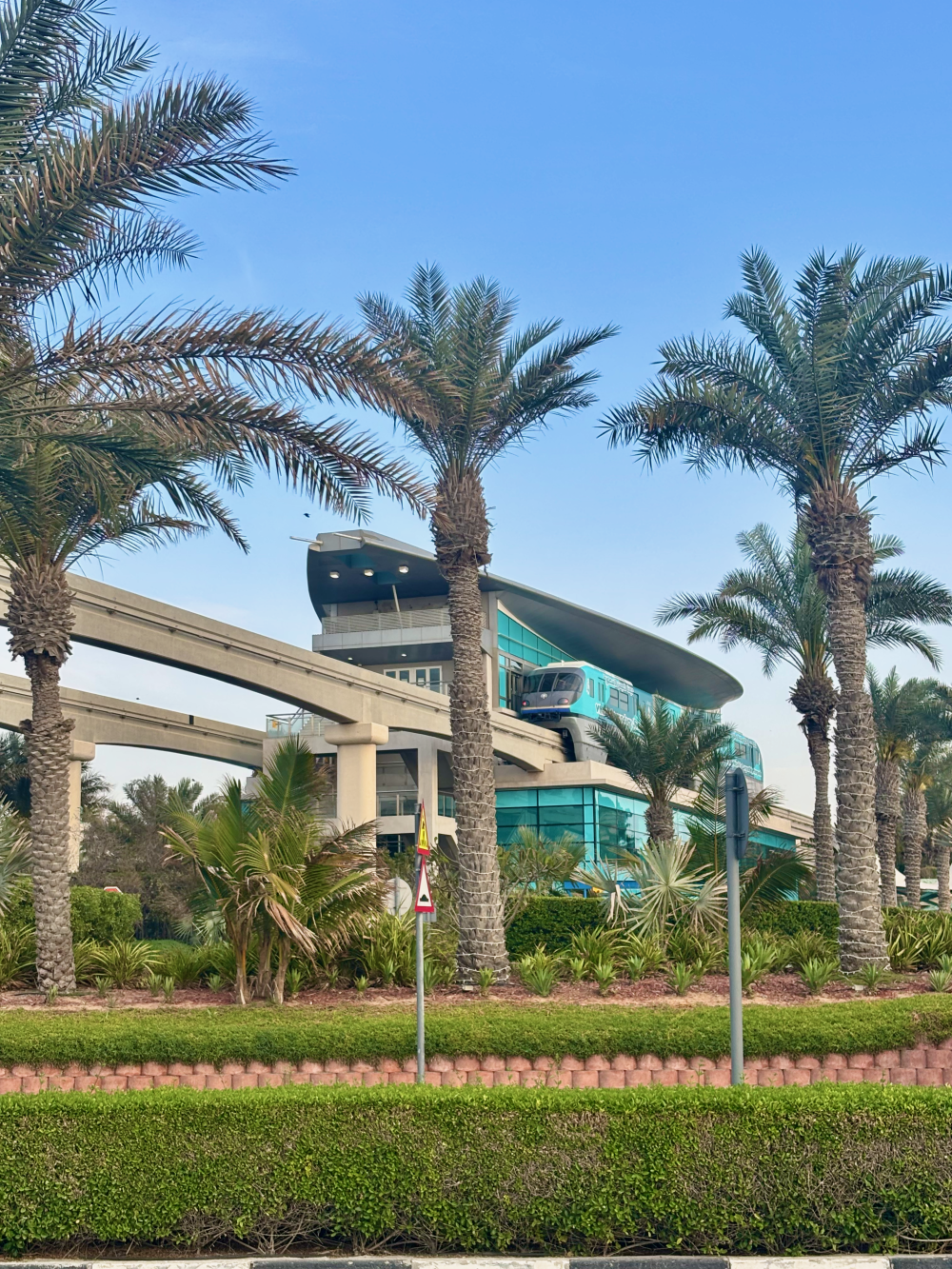
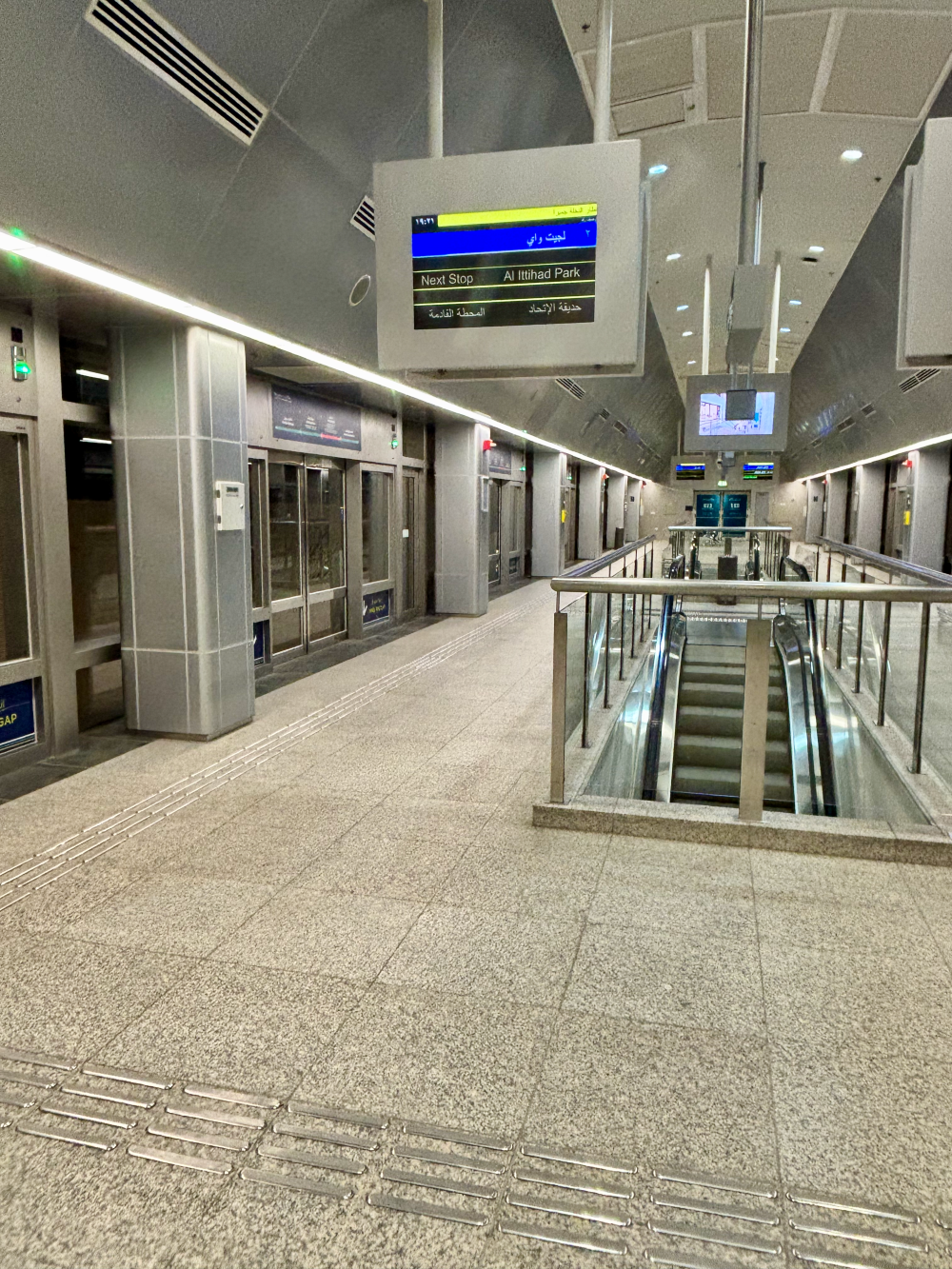
The monorail provides a fantastic viewpoint from which to see the full Palm. It whizzes up the main trunk of the Palm, which stretches 5km into the Arabian Gulf. You can also see over the 17 palm fronds that extend from the trunk, each of which are home to local residents and world-class hotels.
There is a boardwalk that extends the full length of the top of the Palm. It stretches 11km from one end to the other (from the Rixos Hotel to the One&Only Palmilla). Whilst there isn’t a public bus service that can you take you to the start point, if you take a quick taxi from the Atlantis Hotel to either of those hotels, you can enjoy an excellent run or walk across the top of the Palm.
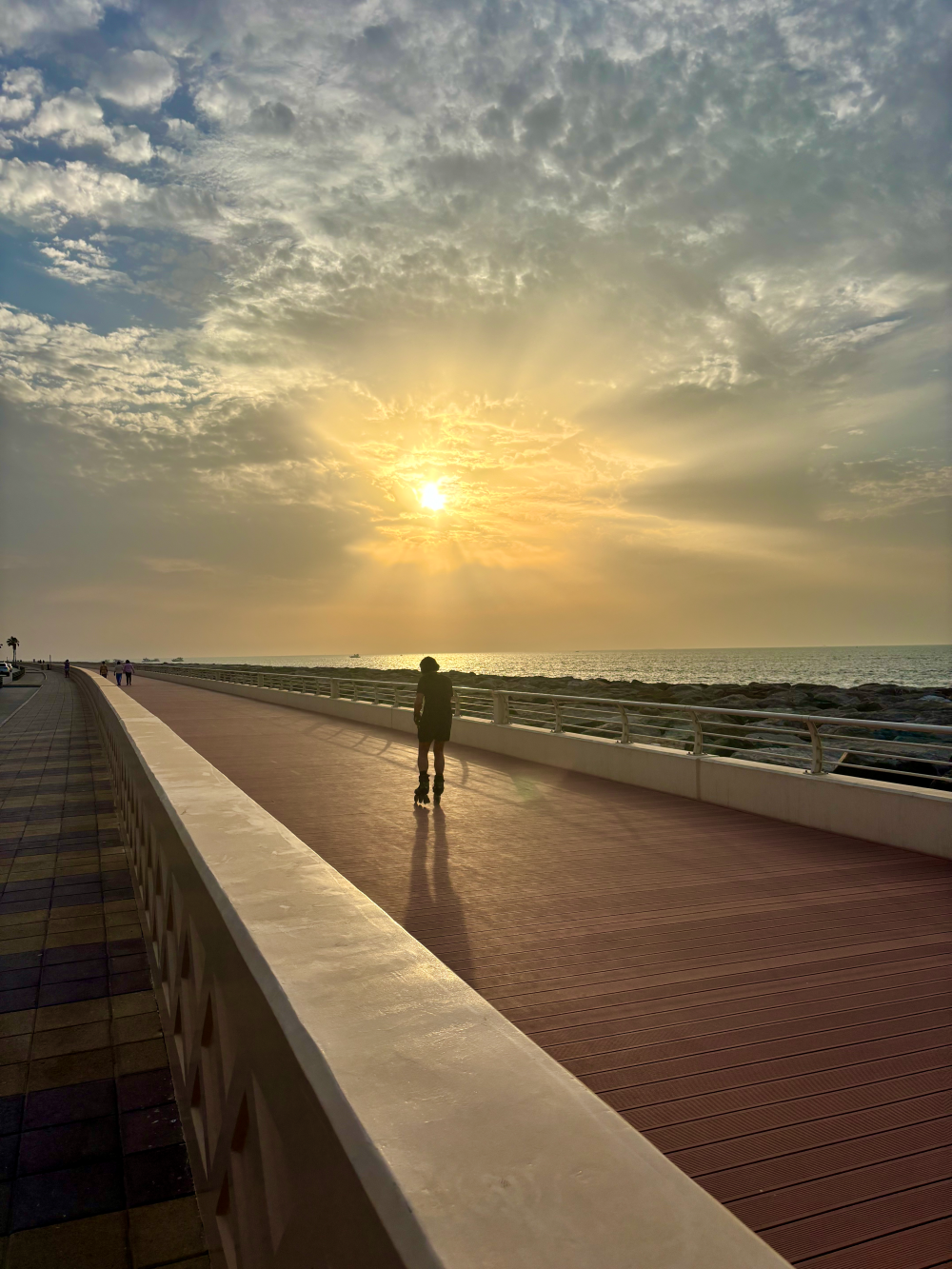
Exploring Dubai on foot
Dubai is often considered as a non-walking city, and with the residents’ dependency on their cars, it’s easy to see why. But Dubai is actually very pedestrian friendly, and increasingly so each time I visit. There are extensive walkways and pavements/sidewalks across the city, with great signposting and smart footbridges for crossing major highways. Naturally, in the hot summer months, it is less advisable to explore Dubai on foot due to the risk of heat exhaustion and sunburn, but in the cooler months (October to April), it is very pleasant to walk around Dubai.
Exploring Dubai by bike
This is my favourite way to explore Dubai, especially along the coastline. Dubai has really invested in bike lanes and well-thought out cycling routes across the city, and it really shows. Not only are the bike lanes well maintained and clear and easy to use, but they’re also really scenic.
I absolutely love seeing the city on a bike. On my most recent visit, I cycled from the La Mer/J1 neighbourhood, all the way down to Dubai Marina. It was around 22km in total, but the entire route was on a bike lane. And arriving into the evening lights of Dubai Marina was a really awesome experience. The beach bike lane stretches for miles, and has dozens of brilliant stops on route. Particularly in the Kite Beach area, you’ll find a great array of smoothie stops, cafes and burger bars. You will also find lots of other facilities such as showers for after sea swimming, as well as toilets and shaded seating areas.
The easiest way to source a bike is to use Careem’s bike sharing app. It’s so easy and affordable, with dozens of bike docks in each neighbourhood. You can also opt for scooters.
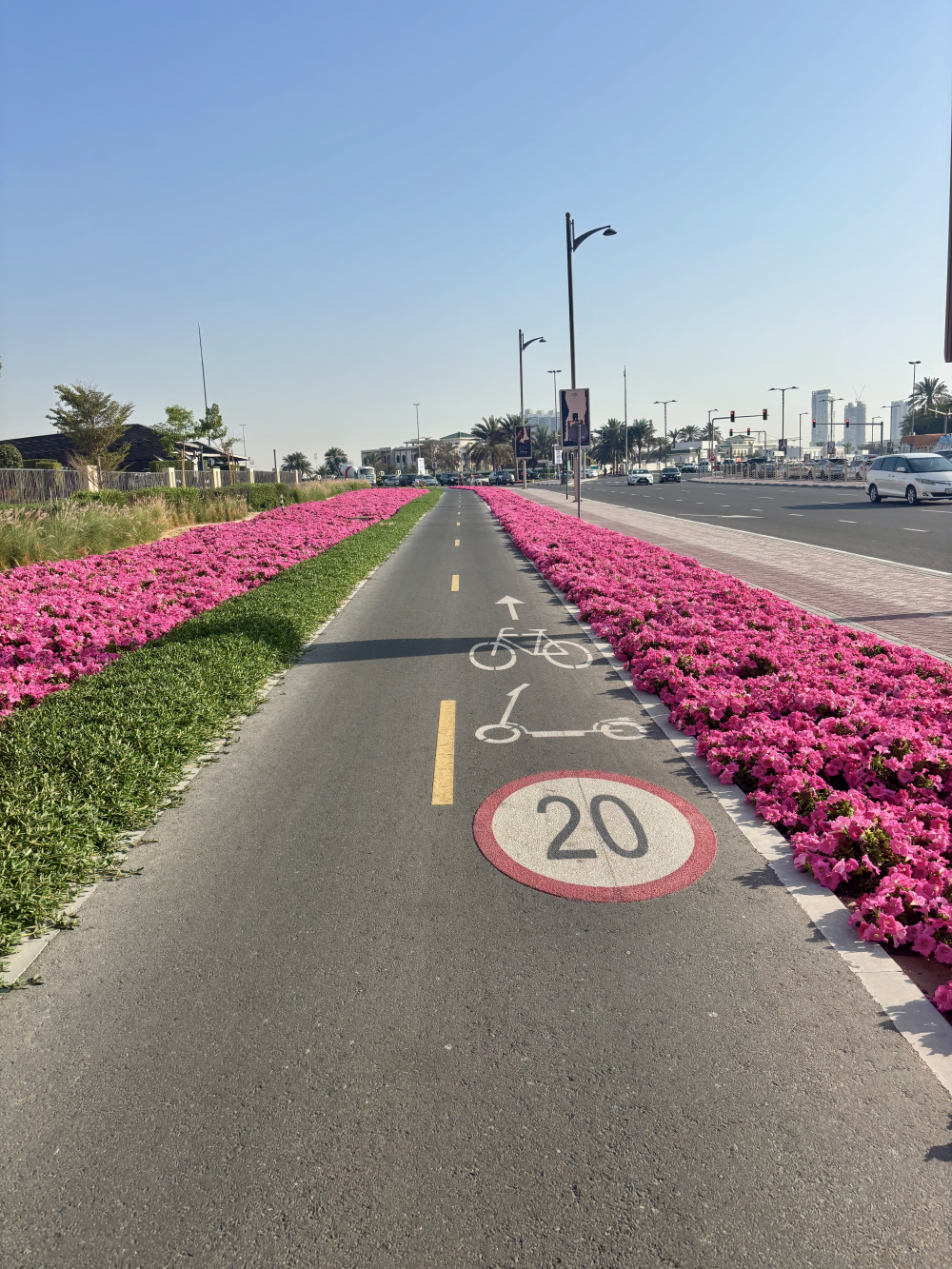
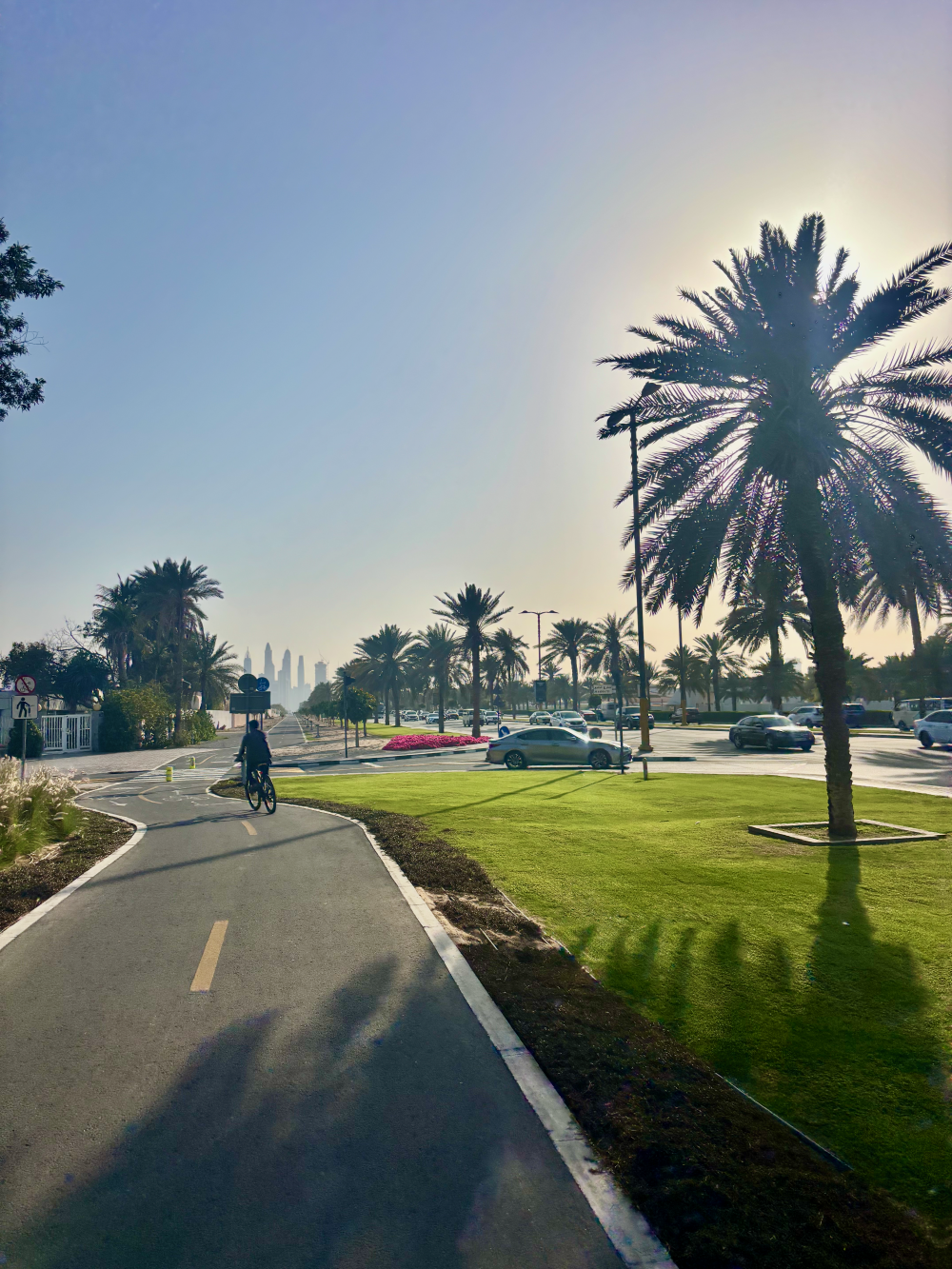
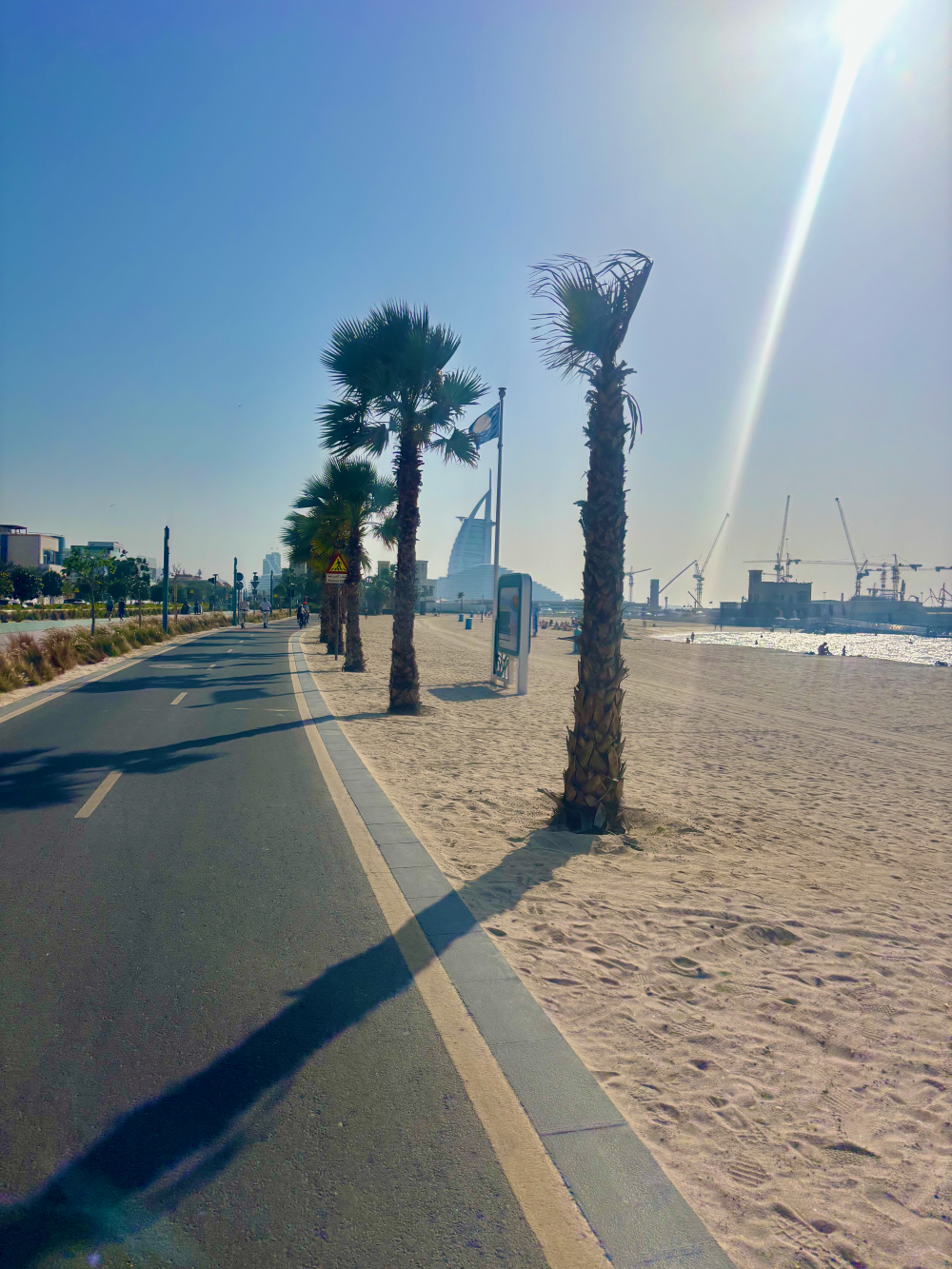
Using Marine Transport in Dubai
Exploring Dubai by water gives visitors the opportunity to experience one of the most traditional modes of transport in the city. The abra is a popular way to explore the old areas of Dubai, and connects two key stops – Bur Dubai and Deira. The abra and the dhow boats are simple, but very effective long boat and give a glimpse of the traditional Emirati way of life that is still in use today.
Today, Dubai has built more modern versions of the abra to serve as water taxis, as well as dinner cruises on dhows (larger, wooden traditional boats).
Crossing the Dubai Creek costs just 1 AED and you can use your NOL card. There are other connections over the river, some which still require cash to use.
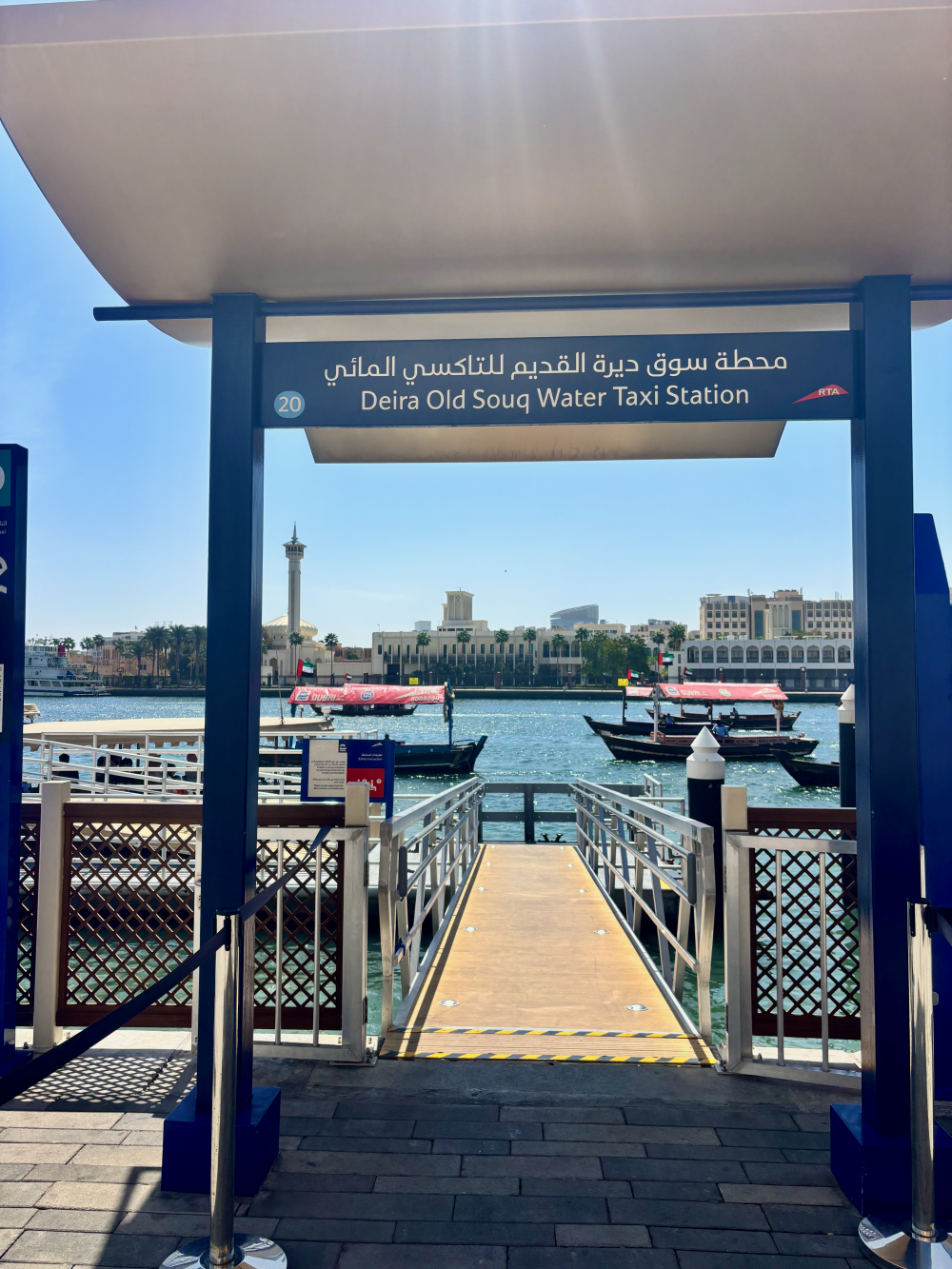
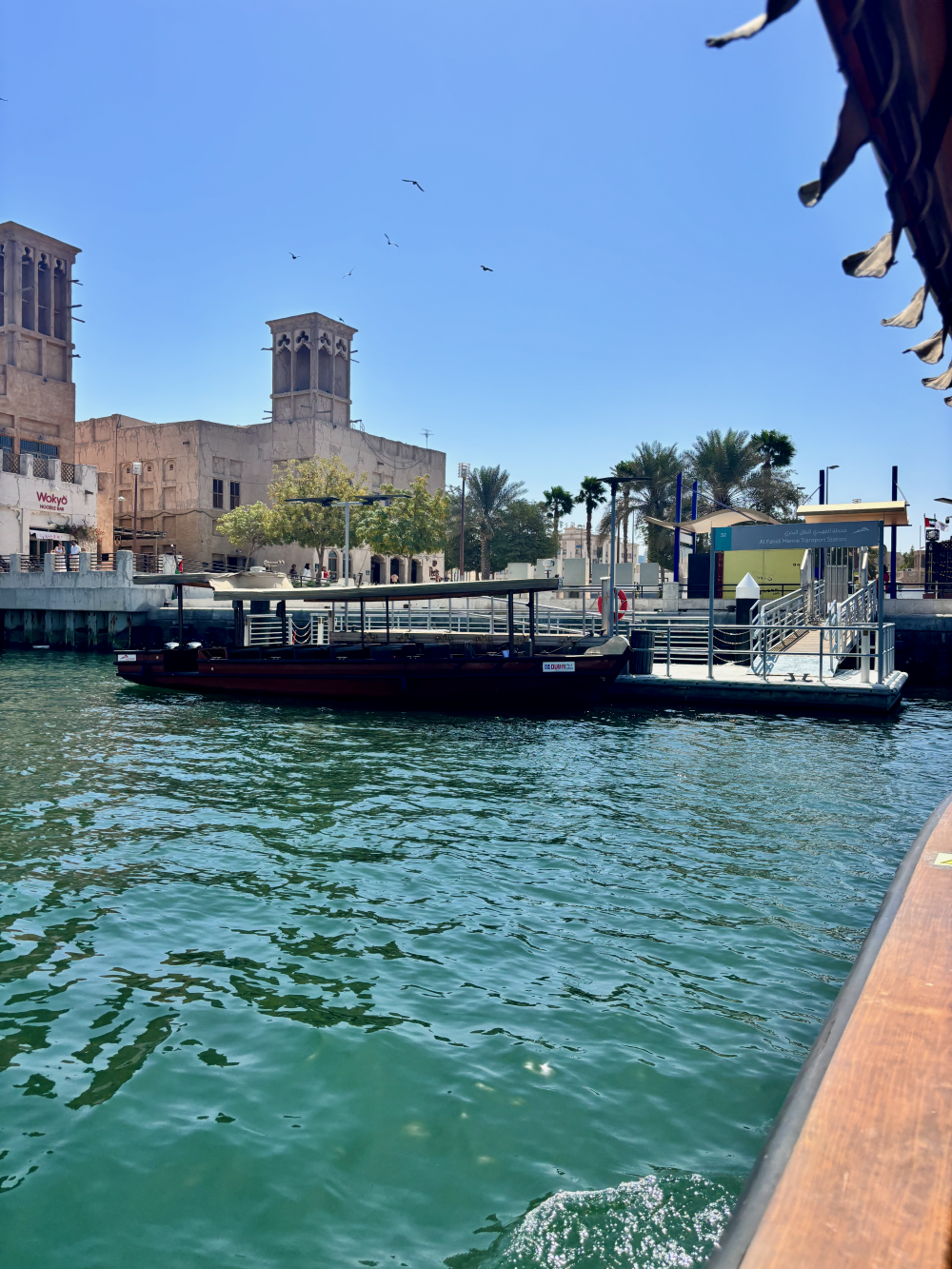
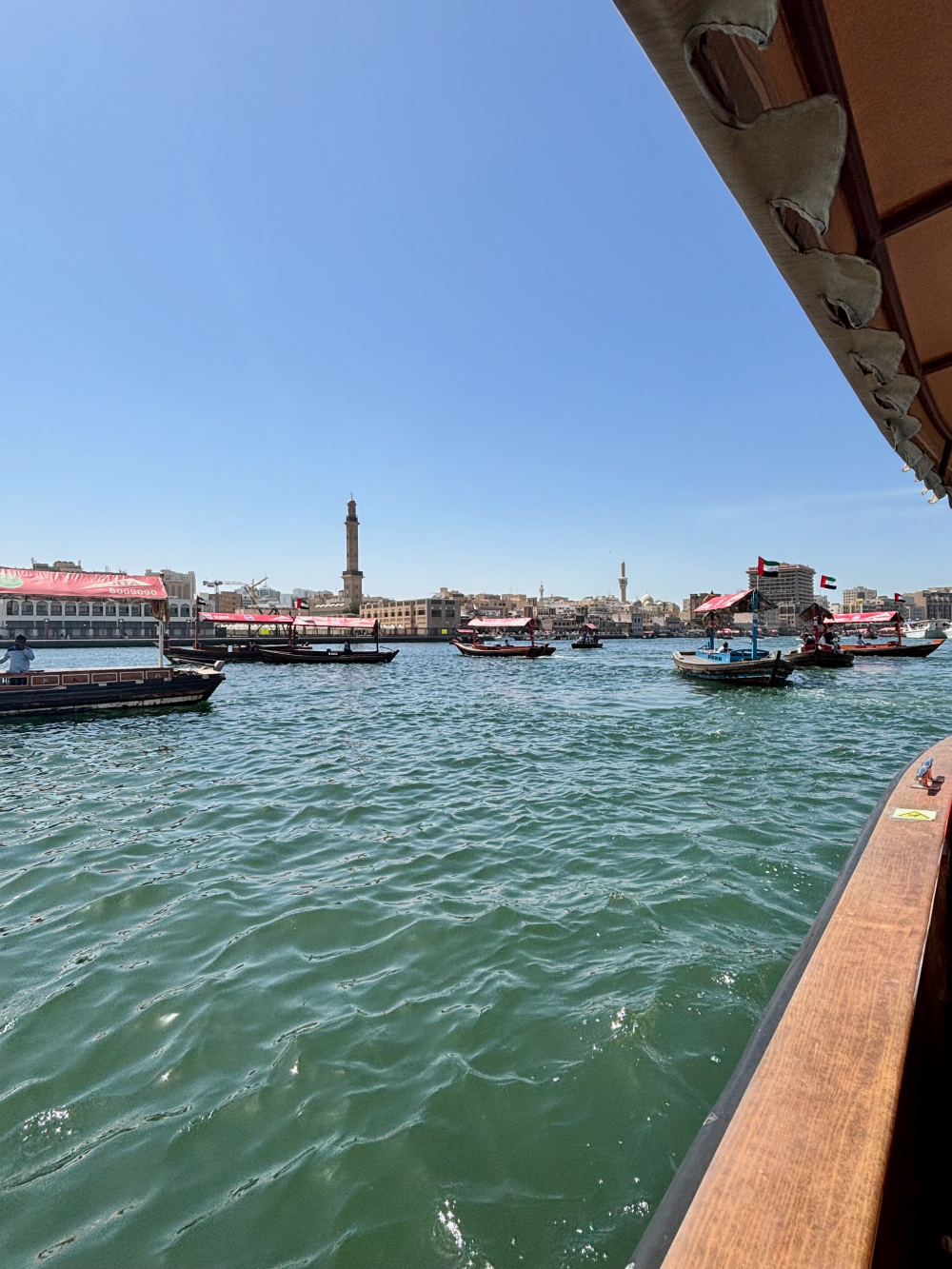
Longer distance public transport options in the UAE
Dubai is well connected with other cities and destinations in the UAE. For example, you can take a public bus to Hatta, a mountain area popular with locals and tourists alike. It’s called the Hatta Express which departs from Dubai Mall, in Downtown, and costs just 25 AED on your NOL card. The journey is about 1.5hours, so a very affordable away to travel into the local mountains for an day of outdoors fun!
You can also easily take the bus to the nearby emirates of Abu Dhabi, Ajman and Ras al Khaimah.
Using a local tour company to arrange tickets or transfers
That being said, as excellent as public transport is in Dubai, there are also plenty of options to join organised tours or arrange airport pickups etc. This is especially useful if you’re pushed for time or the tickets for your desired routes have sold out.
So another option is to arrange a transfer or tour through a local company. GetYourGuide makes this really easy and bookable in advance online, so I’ve included some of these ideas below:
- Hatta Heritage Tour with Kayaking
- Abu Dhabi All Day Premium Tour from Dubai
- Dubai Old to New Half-Day Sightseeing Tour
- Dubai City Sightseeing Hop-On Hop-Off Bus Tour & Dhow Cruise
Using public transport in Dubai as a solo female
I am happy to report that I felt very safe using public transport alone in Dubai. Even walking or cycling down streets in quieter neighbourhoods, or taking the bus on very local (not tourist routes), I always felt safe.
I found the public transport staff to generally be kind, patient and helpful.
On the Metro, I always chose to sit in the Women & Children cabins too.
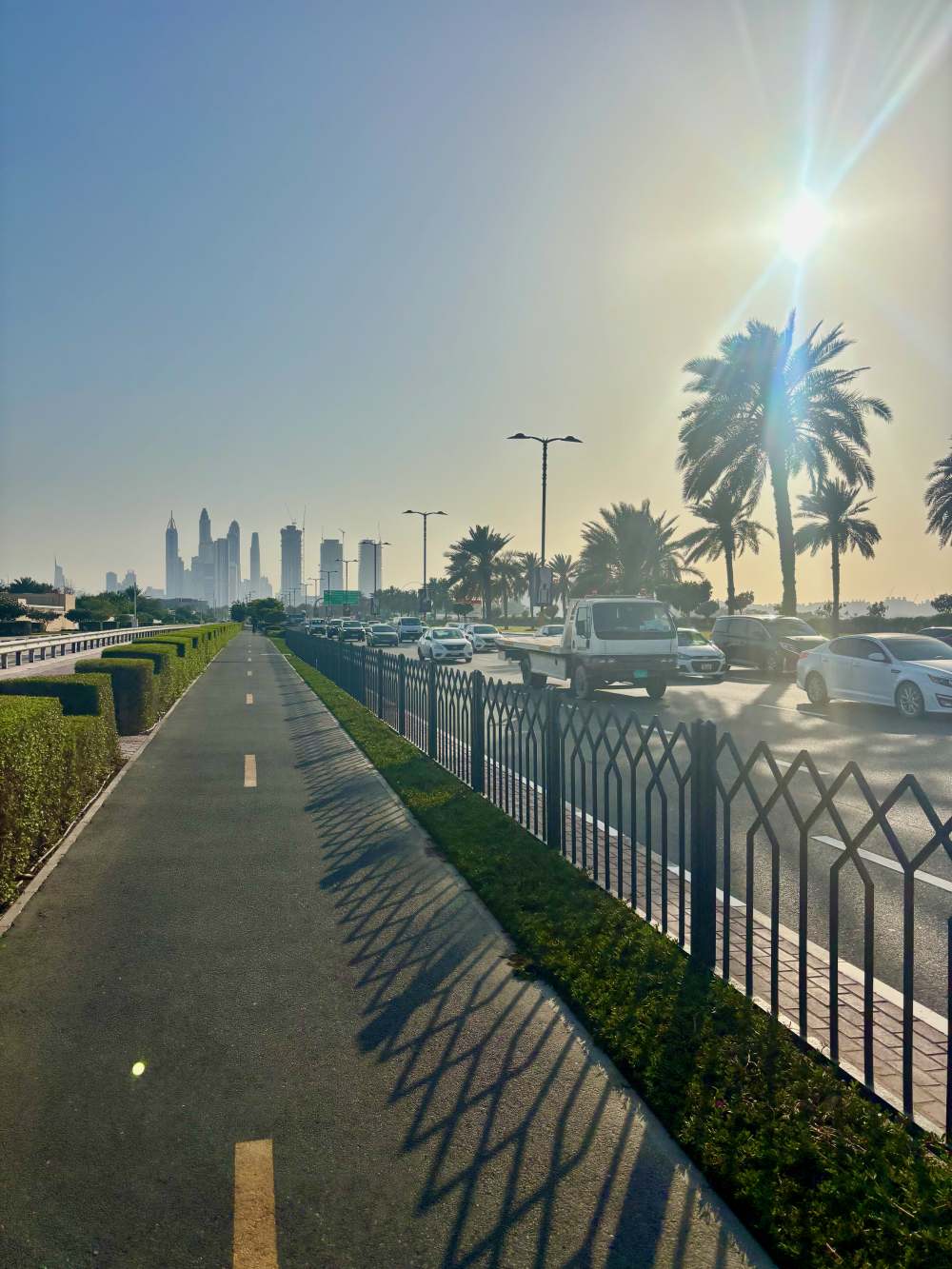
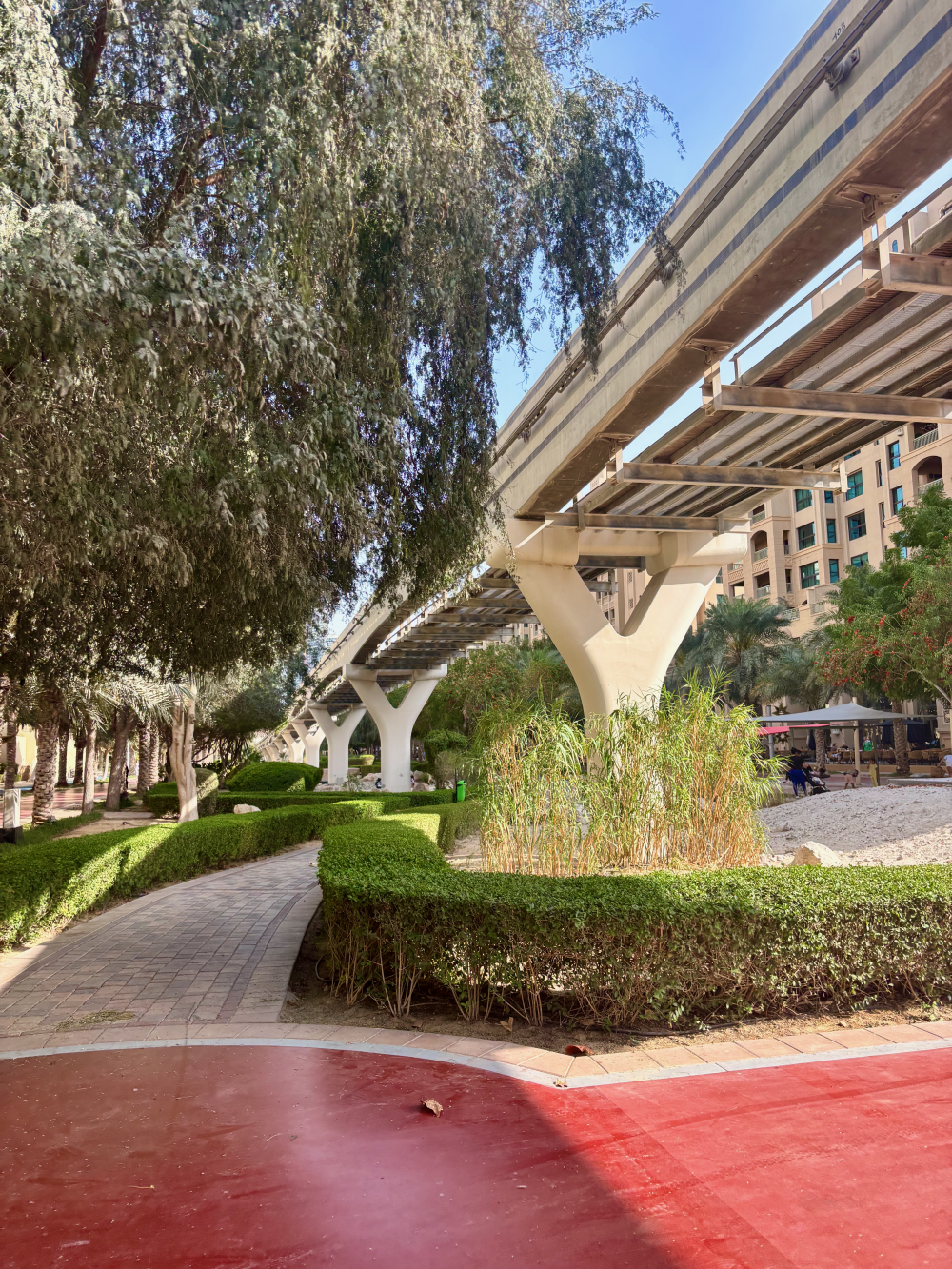
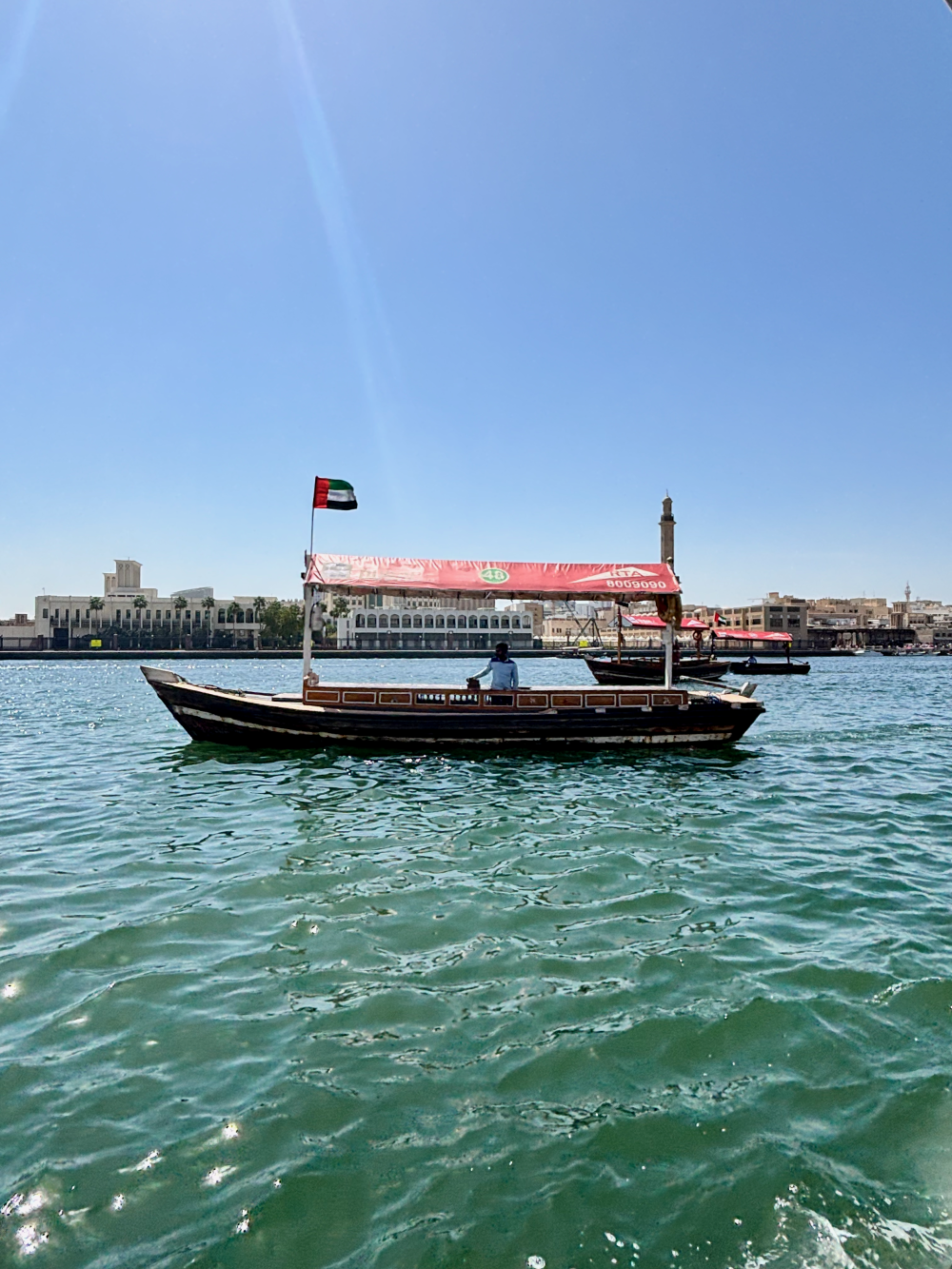
Getting Around Dubai on Public Transport
So there’s my guide to exploring Dubai on public transport. As you will see, it’s a very efficient, affordable and pleasant way to explore Dubai. I couldn’t recommend it more!
I really hope this is useful if you’re planning a trip to Dubai. If there’s anything else I can share or answer for you, please do let me know in the comments below. Make sure to check out my very detailed neighbourhood guide to Dubai here too.
I also have guides to Oman, Abu Dhabi and Jordan here.
Disclaimer: This guide to public transport in Dubai is based on a personal trip. There was no gifted or hosted involvement from any local companies or the tourist board.
